
The residential waterproofing market is huge and can be quite the cash cow for contractors who enjoy tending to a constant stream of smaller jobs. Let's review common residential waterproofing issues and the Alchemy-Spetec products you can use to address them.

Leaks - Concrete Walls
This is the most common problem in the residential market, most often found in basements. You can repair leaks in poured concrete and pre-cast walls with Alchemy-Spetec’s F400. This hydrophobic grout will not shrink after application, during spells of dryer weather. In addition, this product has a thin composition and can penetrate fine, hairline cracks. The application process involves injecting the cracks with the resin, which then reacts with the leaking water to form a durable watertight seal.
Leaks - Non-Concrete Walls
Many basement walls are made of brick, block, stone or rubble. Leaks in these types of walls require a process called curtain wall grouting (a.k.a. “through-wall” grouting). Curtain wall grouting involves drilling holes in a grid pattern and injecting Alchemy-Spetec’s AP 700 through the wall to form a waterproof curtain on the other side.
Leaks - Floor/Wall Intersection
Sometimes builders will neglect to use a leak seal product at this critical joint in the structure where the floor and wall meet. Even if they do seal these joints initially, with a mediocre product there will be failure over time. When faced with these types of issues, you can inject F400 for a lasting, durable repair. This application process is similar to crack injection for leaks in concrete walls as described above.
For more details on these application methods, click here for my blog series on Crack Injection and Curtain Wall Grouting.



 It's time for another product profile. But THIS is unlike any of the others I've discussed in the past. How, you ask? It's a designed to be mixed with up to EIGHT parts water, so you can create large quantities of this gel from the pails or cartridges you buy from us.
It's time for another product profile. But THIS is unlike any of the others I've discussed in the past. How, you ask? It's a designed to be mixed with up to EIGHT parts water, so you can create large quantities of this gel from the pails or cartridges you buy from us.


.png?width=222&name=leak-blog%20(2).png) Over the years, I have been asked countless times for the best way to seal pipe penetrations and other irregular annular spaces, including how to seal pipe penetrations effectively. Pipe penetration scenarios often have to do with water supply lines, electrical conduits and gas lines just to name a few. The main concern is creating a durable watertight seal between the outside of the pipe and the structure the pipe is penetrating through.
Over the years, I have been asked countless times for the best way to seal pipe penetrations and other irregular annular spaces, including how to seal pipe penetrations effectively. Pipe penetration scenarios often have to do with water supply lines, electrical conduits and gas lines just to name a few. The main concern is creating a durable watertight seal between the outside of the pipe and the structure the pipe is penetrating through.
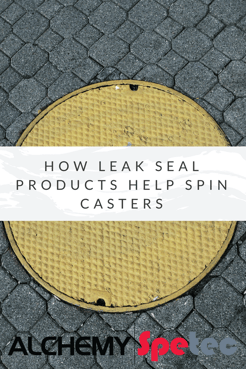

.png?width=320&name=leak%20seal%20(2).png)

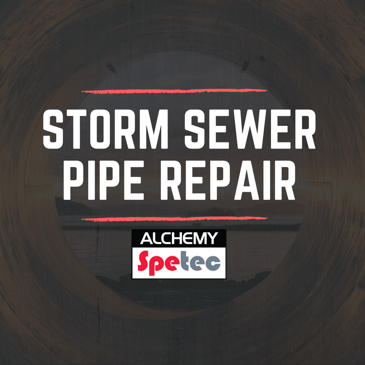 Kiawah Island, located in Charleston, South Carolina, is home to about 5 championship golf courses. On this island there are a lot of corrugated metal storm sewer pipes that carry water from place to place. Many of these underground storm sewer pipes began to leak due to decay caused by aging.
Kiawah Island, located in Charleston, South Carolina, is home to about 5 championship golf courses. On this island there are a lot of corrugated metal storm sewer pipes that carry water from place to place. Many of these underground storm sewer pipes began to leak due to decay caused by aging.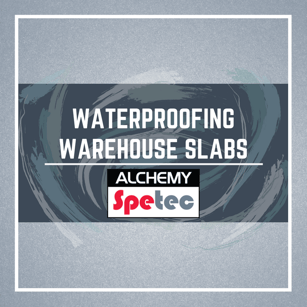

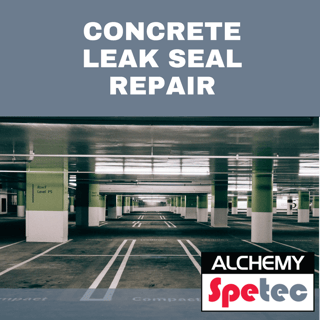
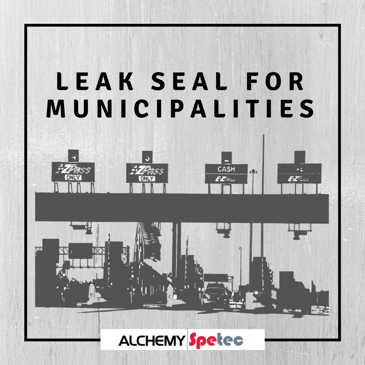 In Baltimore, Maryland, an office building housing EZ Pass toll booth administration personnel was facing a serious crisis. A 22 inch deep wall joint in their boiler room had a void and needed to be repaired. The joint was rapidly deteriorating.
In Baltimore, Maryland, an office building housing EZ Pass toll booth administration personnel was facing a serious crisis. A 22 inch deep wall joint in their boiler room had a void and needed to be repaired. The joint was rapidly deteriorating.